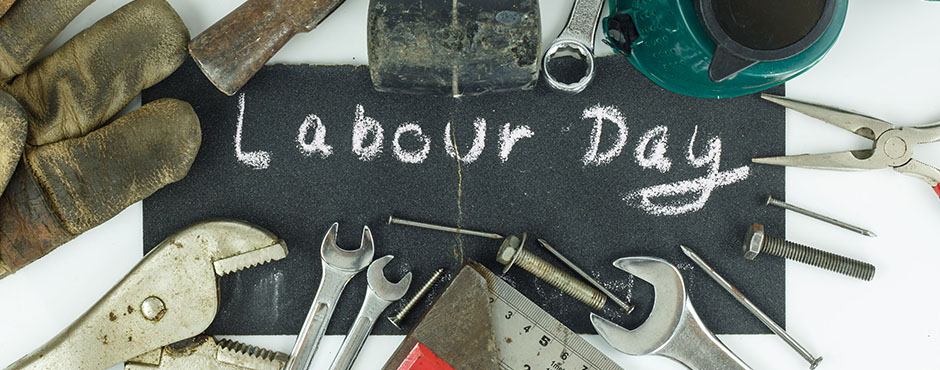Labour Day: why?
We’ve all been celebrating the last hurrah of summer on the annual Canadian Labour Day Holiday Weekend. Officially (and sadly!) after this, summer holidays are over and it’s back to normal for Canadians. For Canucks, Labour Day is always the first Monday in September. But why do we call it Labour Day?
I did a bit of research because I honestly wasn’t sure! And it seems Labour Day isn’t just an official holiday for Canadians, eh!
It’s celebrated in the United States and in many other countries around the world, but often, on different dates. For some countries, it’s on May 1st, to coincide with International Workers’ Day. All over the world, it’s meant to celebrate the achievement of workers and it’s a history worth celebrating.
It came out of Britain’s Industrial Revolution, where the average work day could last a horrendous 16 hours, six days a week!
Labour Day came out of the Labour (Trade) Union Movement. As Wiki notes, it’s often referred to as the eight-hour-day movement, an incredibly important movement that we all benefit from today. Labour Day came out of Britain’s Industrial Revolution, where the average work day could last a horrendous 16 hours, six days a week. Child labour was rampant. Okay, we complain about an 8 hour day, five days a week. Most people actually work only 7-1/2 and we take lunch.
Eight hours’ labour, eight hours’ recreation, eight hours’ rest
1817: Robert Owen, Welsh Social Reformer pushed for eight hours’ labour, eight hours’ recreation, eight hours’ rest. And no child labour.
2015: A better world, one in which (particularly in our part of the world) we should count our blessings and thank those incredible forward-thinking social reformers who believed that down time was a necessity, not a luxury. It’s something to think about while we’re enjoying our ‘down time’ on future Labour Days.
We hope you enjoyed your Labour Day weekend!
Thanks to Wiki for the research!

